Zenith’s El Primero automatic chronograph caliber — unveiled to the world just over 50 years ago, in 1969 — is regarded as one of the world’s best and most accurate movements. In this historical feature from the WatchTime archives, contributor Thomas Gronenthal takes a look at its development.
It’s not uncommon for a watch to become a classic. But it’s much less common for a watch movement to gain fame and, after more than 50 years, achieve legendary status.
In Switzerland, toward the end of the 1960s, two coalitions of watch manufacturers were hard at work developing the world’s first automatic chronograph movement. A leading role was played by Breitling, which collaborated with Heuer-Leonidas, Hamilton/Büren and Dubois Dépraz to develop a micro-rotor caliber that was unveiled simultaneously in Geneva, New York, Hong Kong, and Beirut in March 1969. In Japan, Seiko was working on its own automatic chronograph movement, Caliber 6139, which was introduced to the Japanese market in May 1969. But Zenith and its partner Movado had managed to publicly announce the development of an automatic chronograph movement and show a working prototype at a press conference in Geneva on Jan. 10, 1969, calling its new watch the “El Primero” (meaning “the first”). This movement’s technological victory march was almost impossible to stop. It measured 13.5 lignes in diameter and was a mere 6.5 mm tall. A dry lubricant based on molybdenum sulfate was used for the first time. This contributed to the caliber’s highly precise rate. The power reserve exceeded 48 hours, which was somewhat longer than other contemporary movements. And the balance had a higher frequency than was usual in this era. The heart of the El Primero beats at a pace of 36,000 semi-oscillations per hour, i.e., 5 Hz, and enables the chronograph to measure elapsed intervals to the nearest 1/10 of a second. Most calibers in the late ’60s were paced at 21,600 or fewer vibrations per hour. The Breitling team’s Caliber 11 Chronomatic oscillated at a frequency of 19,800 vph.
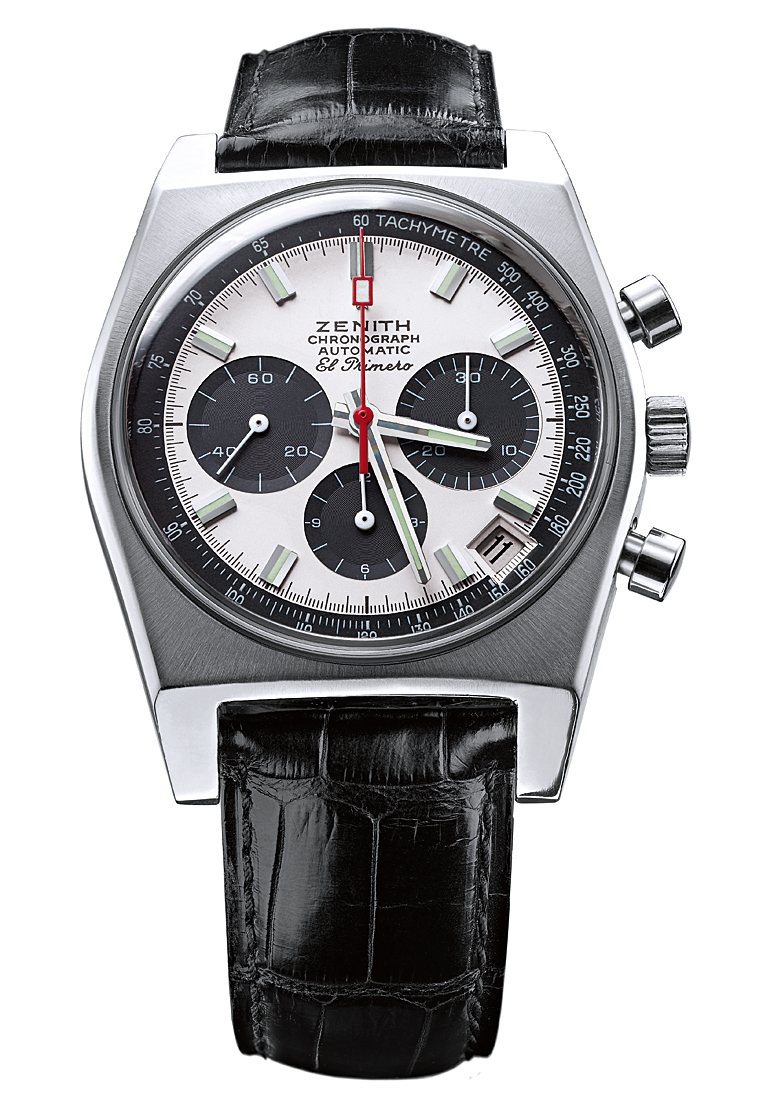
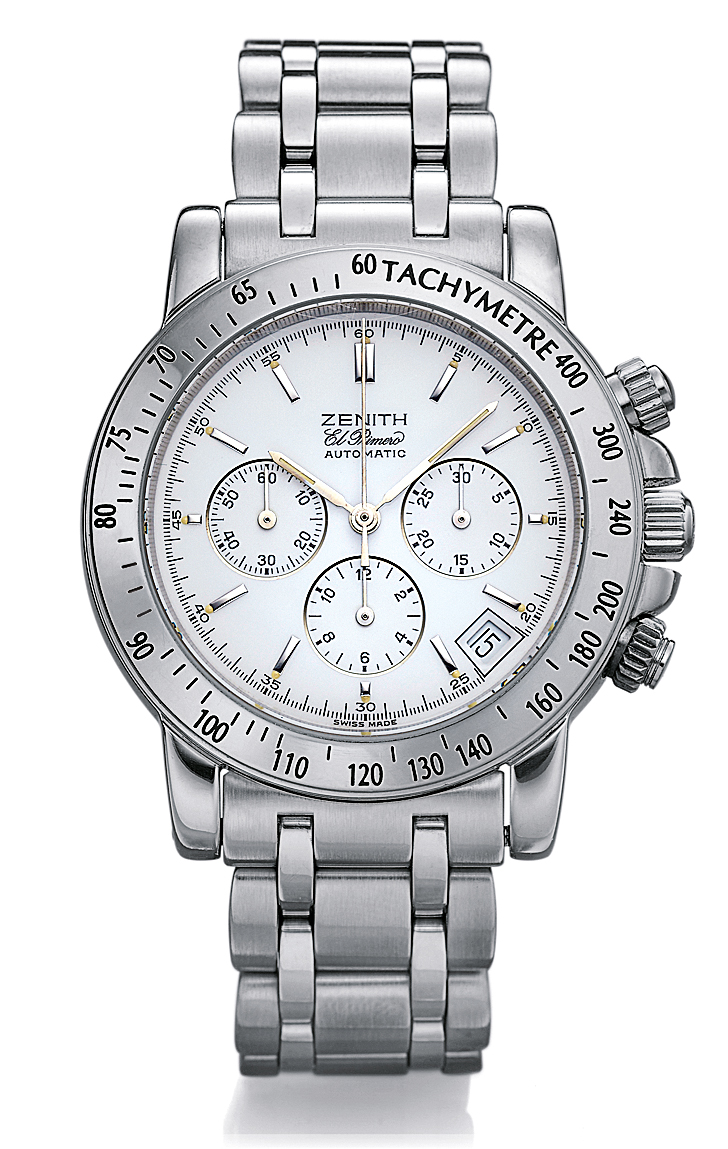
The El Primero’s oscillating weight, which automatically wound the mainspring, was centrally installed and equipped with an outer segment made of tungsten carbide. This gave the rotor a high specific gravity so even the smallest motion of the wearer’s forearm would be “harvested” to provide energy for the mainspring. The chronograph could tally elapsing intervals up to 12 hours in duration. The caliber even powered a date display that could be speedily reset and that advanced instantaneously at midnight each night. The date appeared inside a window at 4 o’clock. A column wheel controlled the chronograph’s functions, while almost all of the later works from other manufacturers made use of coulisse switching because this type of mechanism was less expensive to manufacture.
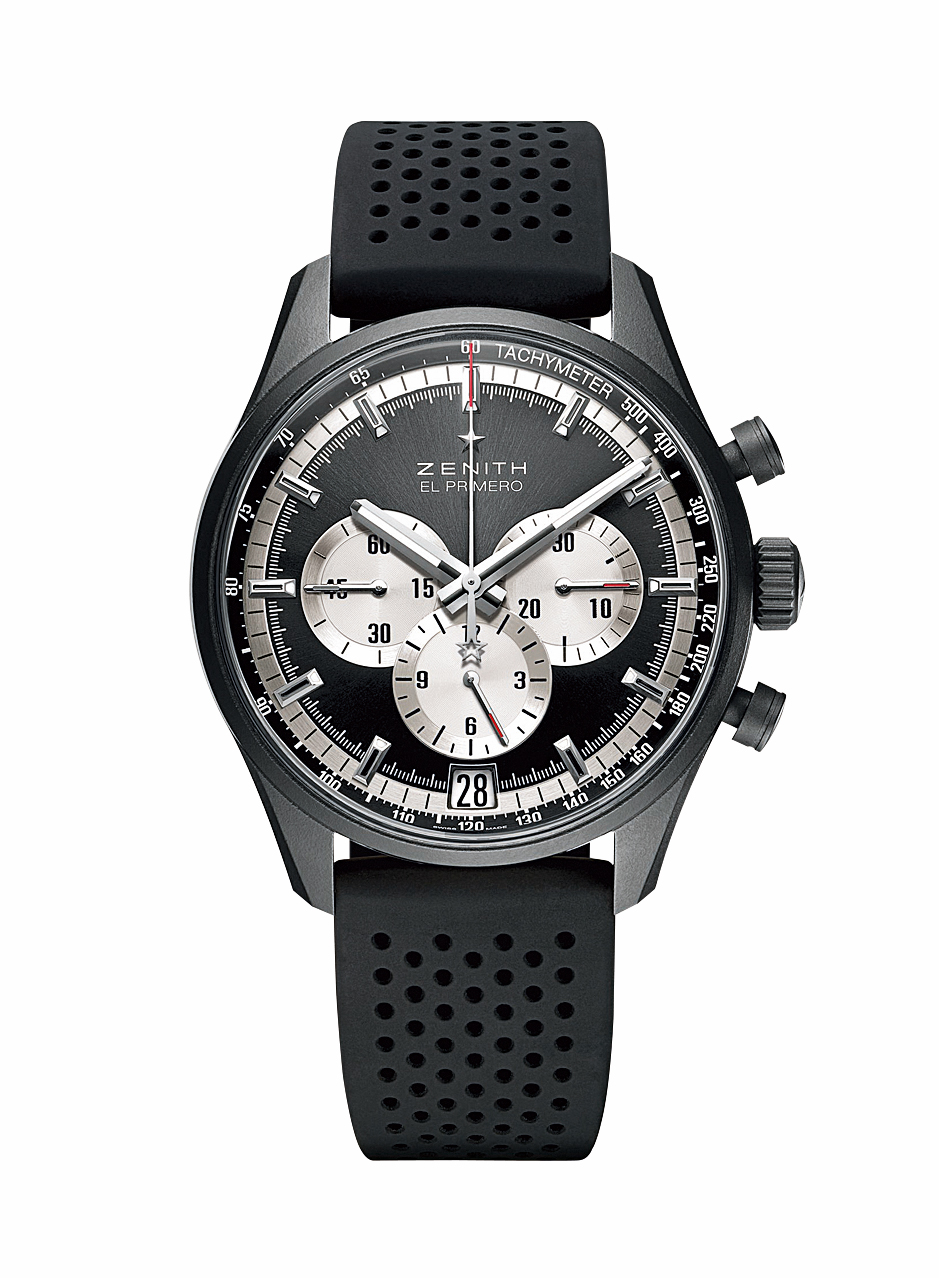

Two versions of the El Primero were manufactured right from the start: Caliber 3019 PHC as a chronograph with date display, and Caliber 3019PHF with full calendar and moon-phase display. A speedy oscillator like the one in the El Primero is less susceptible to disturbances from outside influences, such as gravity or vibrations, so it accordingly keeps time with greater accuracy. But the El Primero is a movement that requires frequent maintenance. Depending on how often the watch that encases it is worn, it should be professionally serviced at least every five years. There are 23 versions of the legendary El Primero thus far – a record in the world of haute horlogerie.
In addition to keeping time in Zenith’s numerous collections, for more than a decade the El Primero had one of its most famous appearances “incognito.” Rolex began installing a modified version of the El Primero in the Cosmograph Daytona in 1989. This made the Daytona a self-winding watch. This automatic model continued to use Zenith’s caliber until the year 2000, although Rolex made some technical alterations prior to casing it. Along with a slower frequency of just 28,800 vph, Rolex also brought the escapement group up to its in-house standard by installing Microstella adjusting screws. Other brands have also relied on the El Primero over the years, for example, Ebel, Dunhill, DuBois et Fils, TAG Heuer, and Daniel Roth.
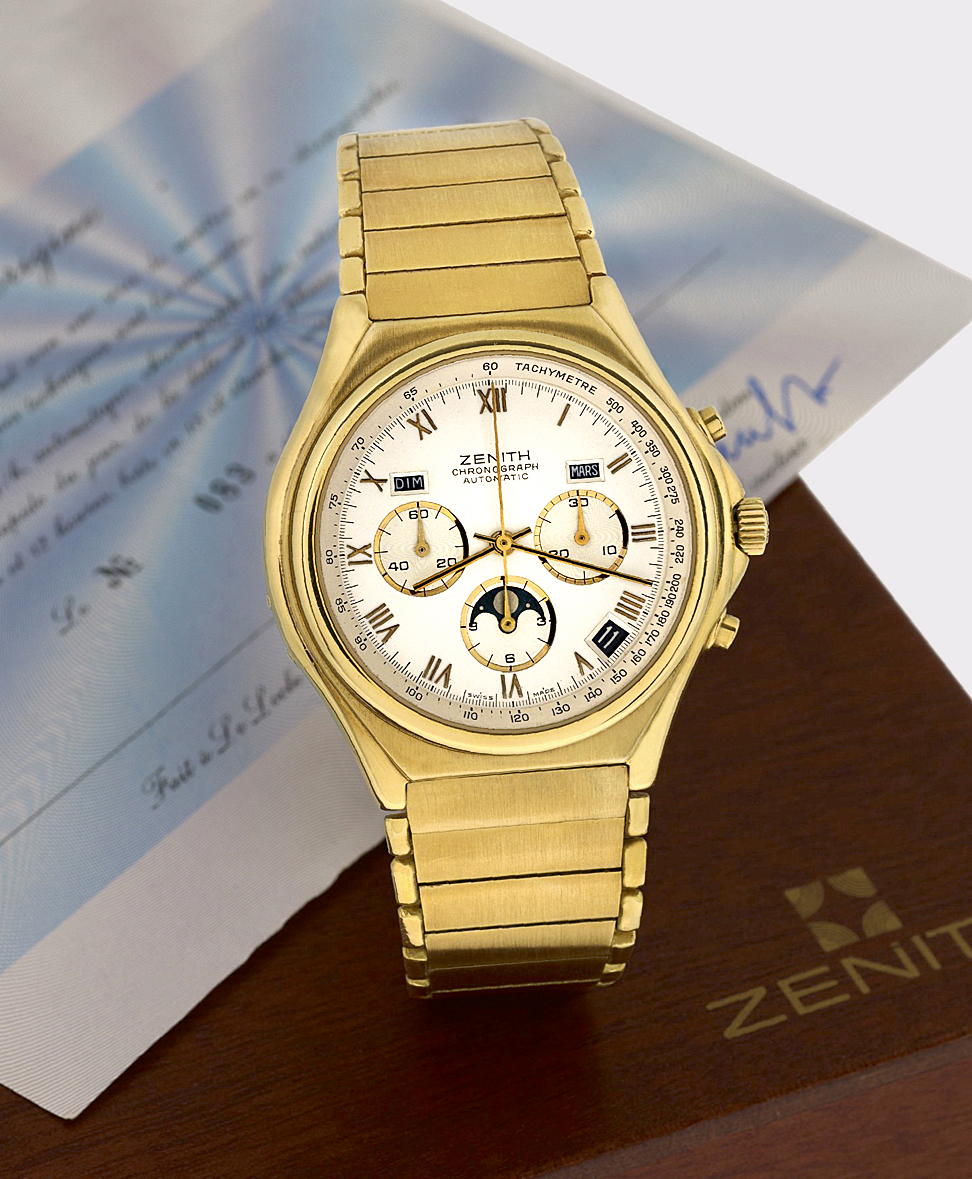

The caliber with the “hectic” escapement embodied the peak of technical feasibility at Zenith for many years. The movement was used in elegant models, as well as in sporty ones, all of which are still popular with Zenith fans today. The Zenith El Primero Rainbow has achieved long-lasting success as a cross between an instrument and an elegant watch. A particularly colorful version is especially popular with collectors. It’s equipped with an extra feature: Reference 02.0480.405 includes a flyback function for instantaneous zero return and the immediate start of a new stop-time measurement. This model costs around $4,000 on the used-watch market. Admission into the Rainbow collection begins around $3,000. Thanks to the large variety of models that were developed over the years, entry prices for used Zenith El Primero watches are affordable. Dating mostly from the final decade of the 20th century and the first decade of the 21st century, these models start around $2,000. However, potential purchasers should keep in mind that they’ll need to set aside a tidy sum for professional inspection and overhaul because most of these movements are no longer precise and need a bit of help from a skillful hand.
Among the rare models is the original Zenith Defy, which was priced at entry level in Zenith’s collection in the 1990s. This sporty wristwatch with an original stainless-steel bracelet or leather strap builds a bridge to the present day.
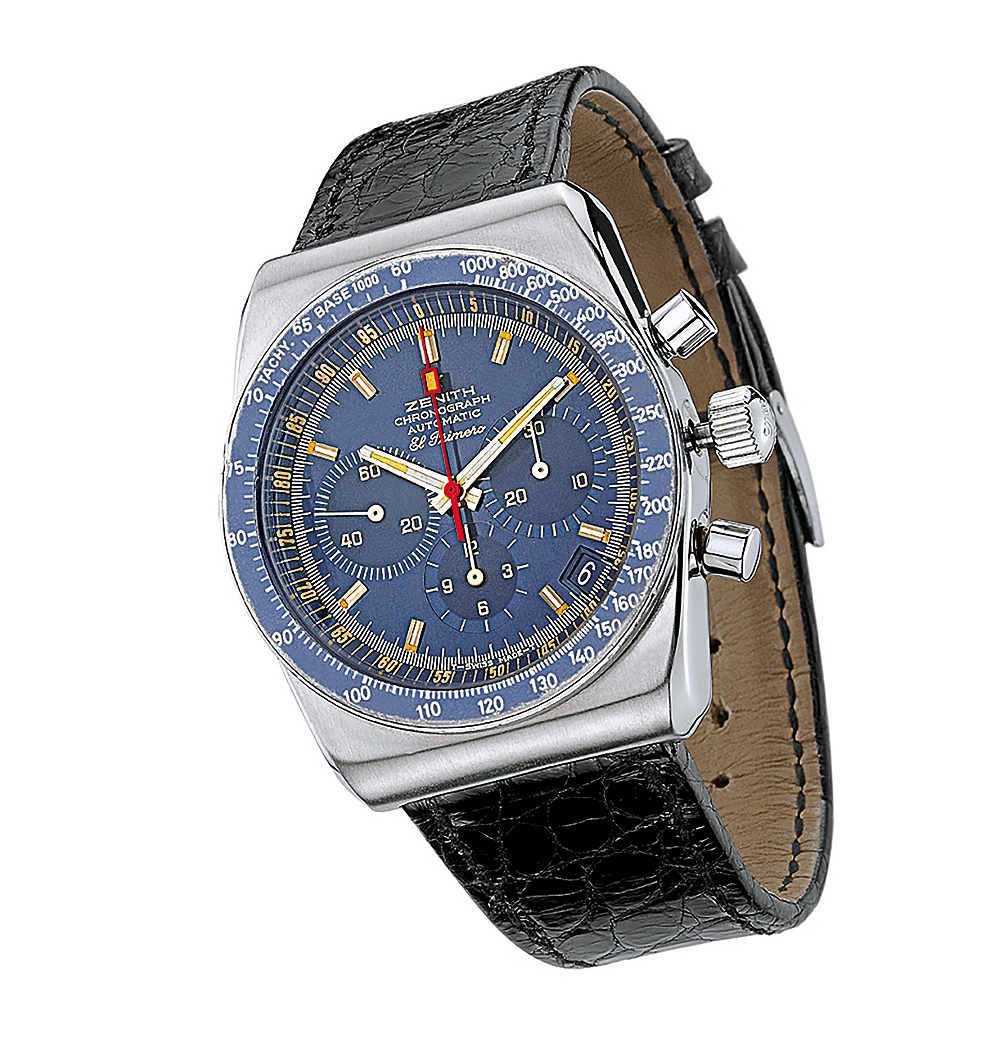
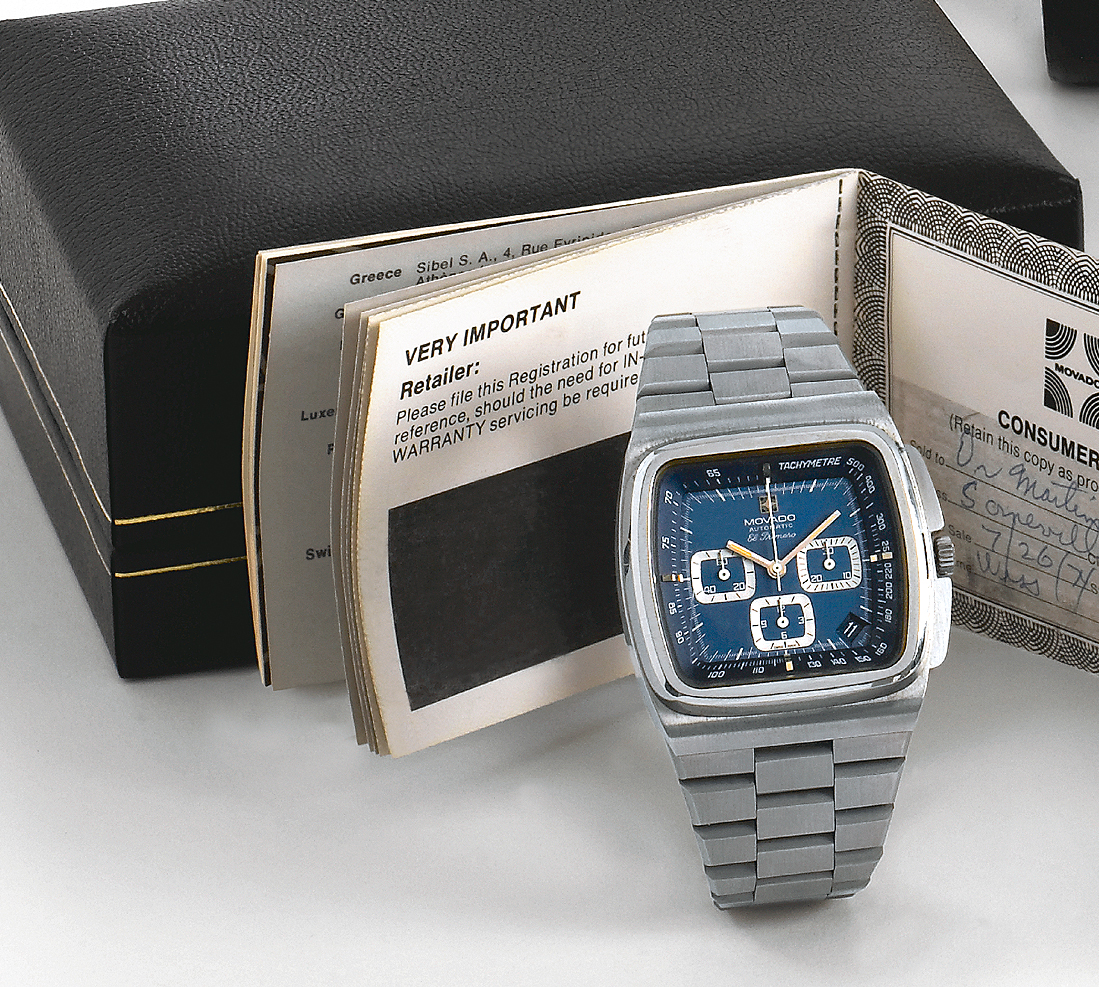
At Baselworld 2017, Zenith unveiled a watch that can measure elapsed intervals, not merely to the nearest 1/10 of a second, but to the nearest 1/100 of a second. This feat is ordinarily reserved exclusively for quartz watches, but Zenith’s Defy El Primero 21 accomplishes it with the aid of the new mechanical caliber El Primero 9004. This elaborately engineered movement combines two assemblies and sets a standard for the 21st century. Zenith remains loyal to a decisive detail here: Just like the original version from 1969, the balance of the 9004 oscillates at the speedy frequency of 36,000 vph. The presence of this movement inside a watch’s case can be deduced from the fluidly gliding seconds hand, the high precision of the timekeeping, and the hectic ticking sound. The stopwatch function in the new caliber has a movement of its own, including a separate escapement paced at a frenetic 360,000 vph. The chronograph’s balance accordingly oscillates at a pace of 50 Hz, which enables the stopwatch to measure elapsed intervals to the nearest 1/100 of a second.
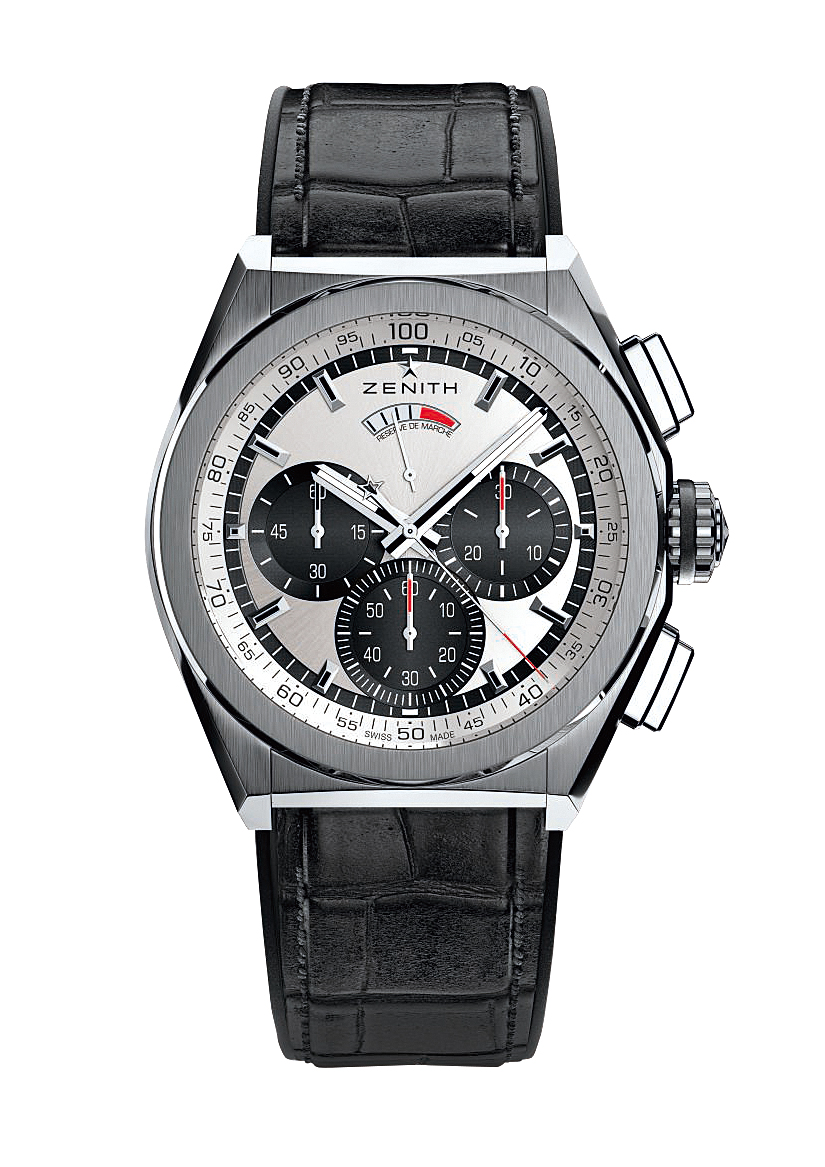
All this has its price. Or rather, two prices. First, there’s the monetary expense: $9,600 for the model with a titanium case, $10,600 for a skeletonized variation in titanium, or $11,600 for a skeletonized version with a ceramicized aluminum case. Then there’s the tribute paid to the energy demand. The chronograph exhausts its power reserve after just 50 minutes. Both movements can be manually wound via the crown. Turning the button clockwise winds the mainspring of the stopwatch movement and turning it counterclockwise tightens the mainspring of the ordinary timekeeping movement.
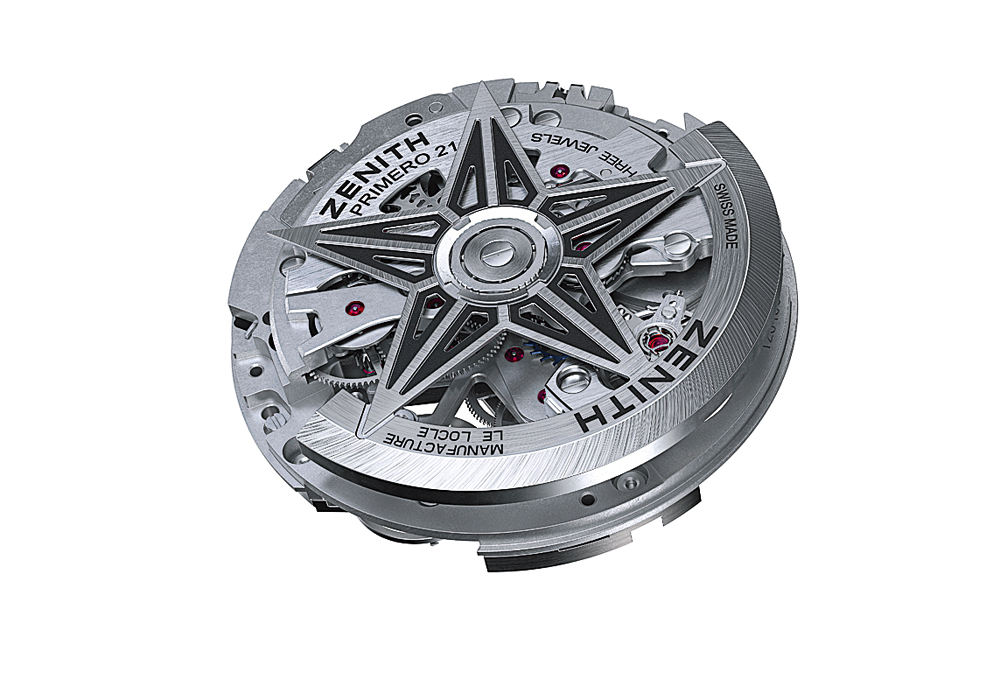
The hand for the 1/100 of a second rotates at the dial’s center, while the elapsed seconds are tallied on a subdial at 6 o’clock. Due to the limited duration of the chronograph’s power reserve, there’s no counter for elapsed hours, as there was on the original El Primero from 1969. Instead, the newcomer has a counter for 30 elapsed minutes at 3 o’clock. Visual similarities between this dial’s arrangement and the layout of the original model are impossible to deny. Then as now, the continually running seconds hand sweeps its orbit at 9 o’clock. The case is 44 mm in diameter.

After half a century, Zenith again proves that no other watch manufacturer can rival its mastery of mass-produced high-frequency mechanical timekeeping at this price level. The El Primero has set standards ever since 1969. And the version for the 21st century logically continues this tradition. This is how a watch movement becomes a legend that sparks enthusiasm from every connoisseur. No caliber ticks at a faster pace. And this makes an El Primero a “must have” for a watch collection.

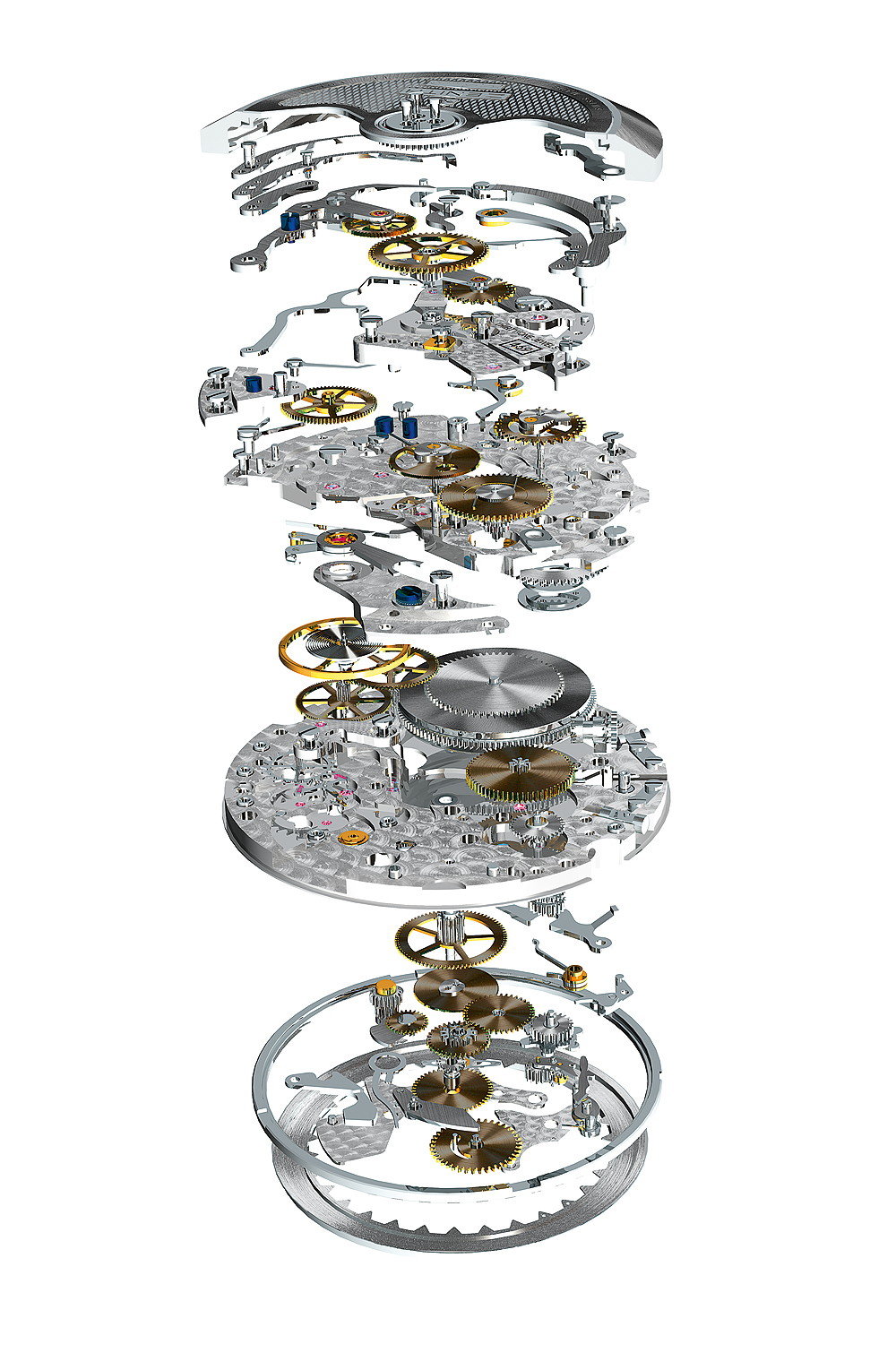
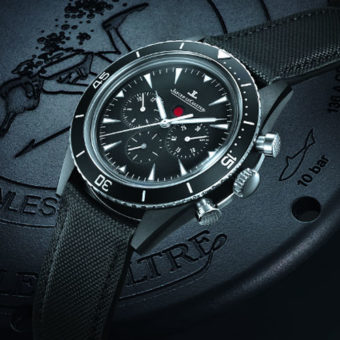
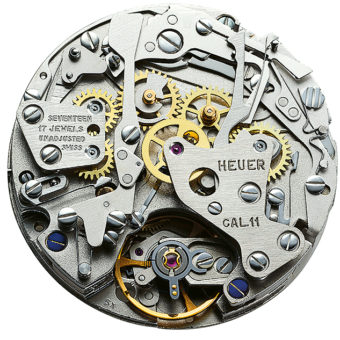
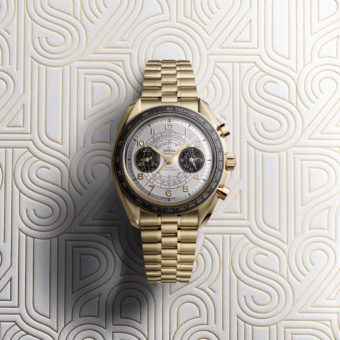
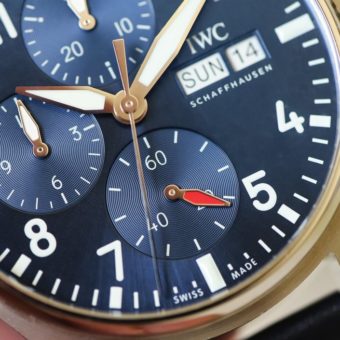
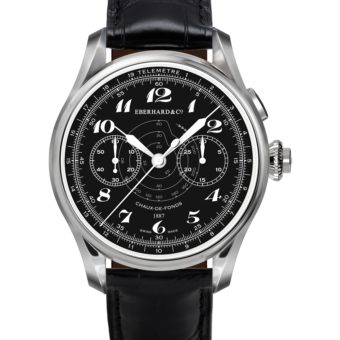
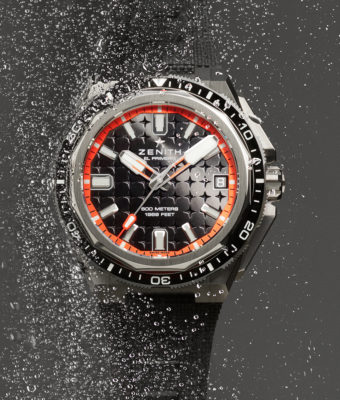
I have a Zenith El Primero Chronomaster Moonphase purchased at Rietmann/Zollikon in 1998, in mint condition. I wanted to have in my collection a watch whose movement was filling the Rolex Daytona.
Hi.
I’m looking for a very specific ElPrimero but I can’t find it .
I have pics but can’t attach.
Is a moon phase with a date on upper center (below 12), Zenith ElPrimero, above the date and roman numbers. Steel
When is el premero in oroduction for model 03240001 chronomaster/chronometer 36000vpi,wat’s price for tis piece, i understand the dial hve 2 inscription one with Automatic n the other piece written Chronometer at above 6 o clock, any different, why? Tks help me cos mine with Chronometer n my friend with Automatic dial
I discovered the El Primero thru CONCORD Imprisario which you left out…
Only true connoisseurs and collectors are aware Zenith
El premero , one of the top 10 calibers in the history of watch making
Essenfo del settore ritengo questa macchina assolutamente PERFETTA
Saluti
Mario
Completamente mio amico